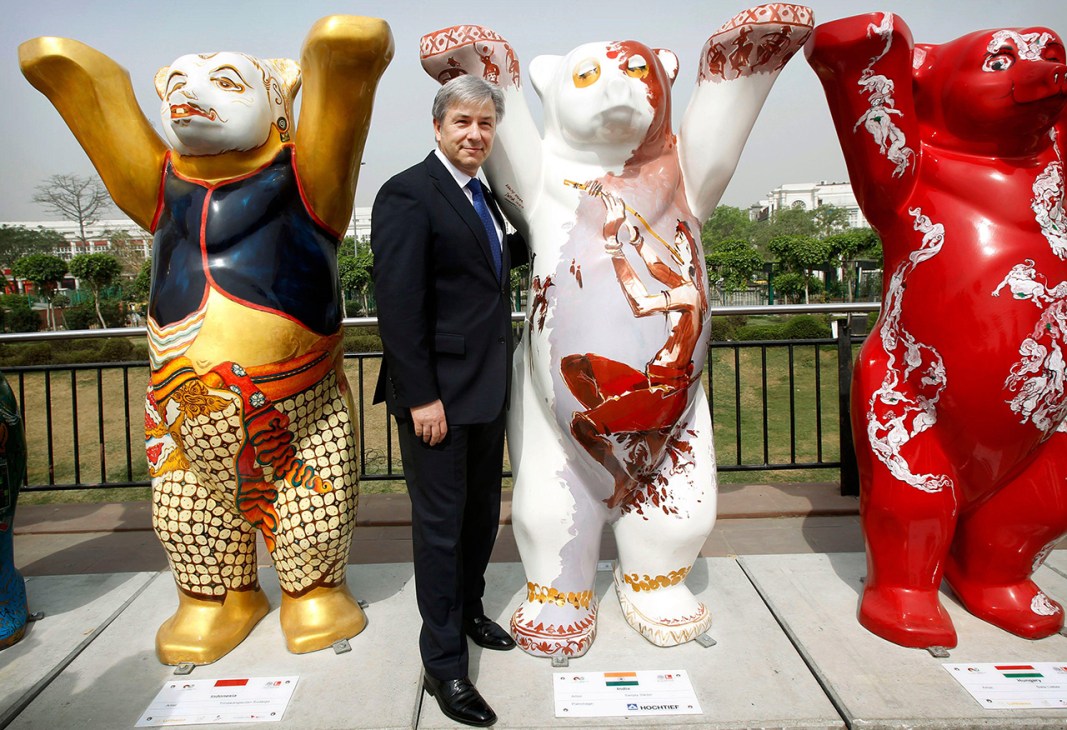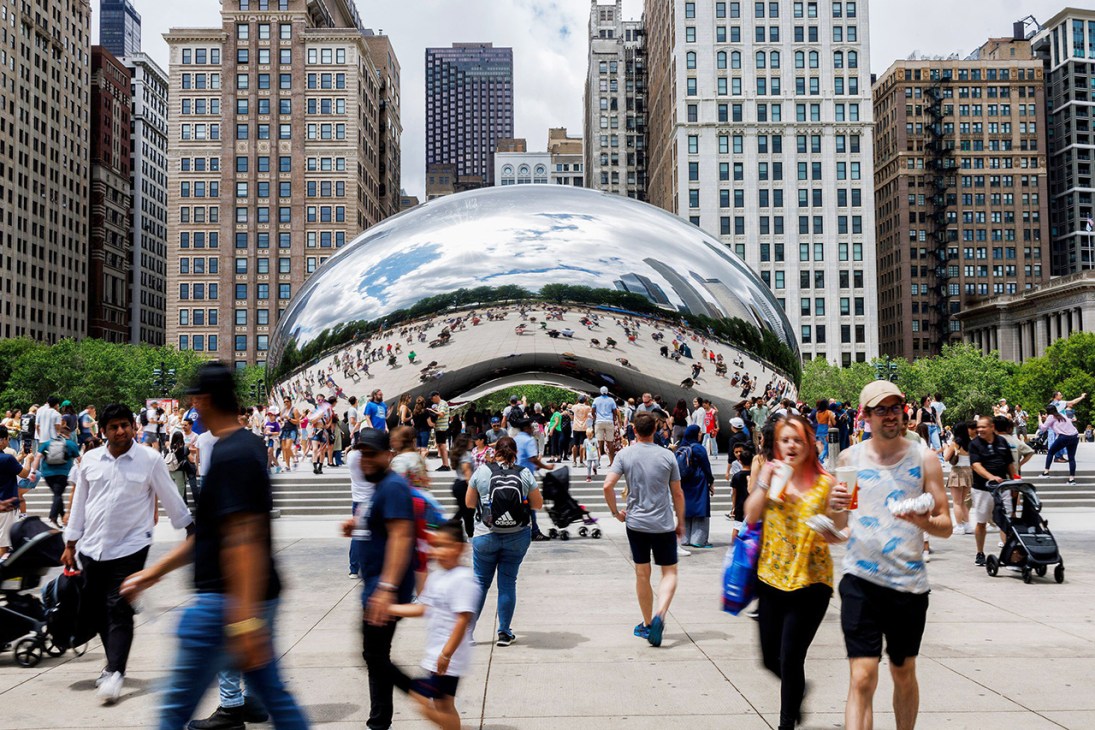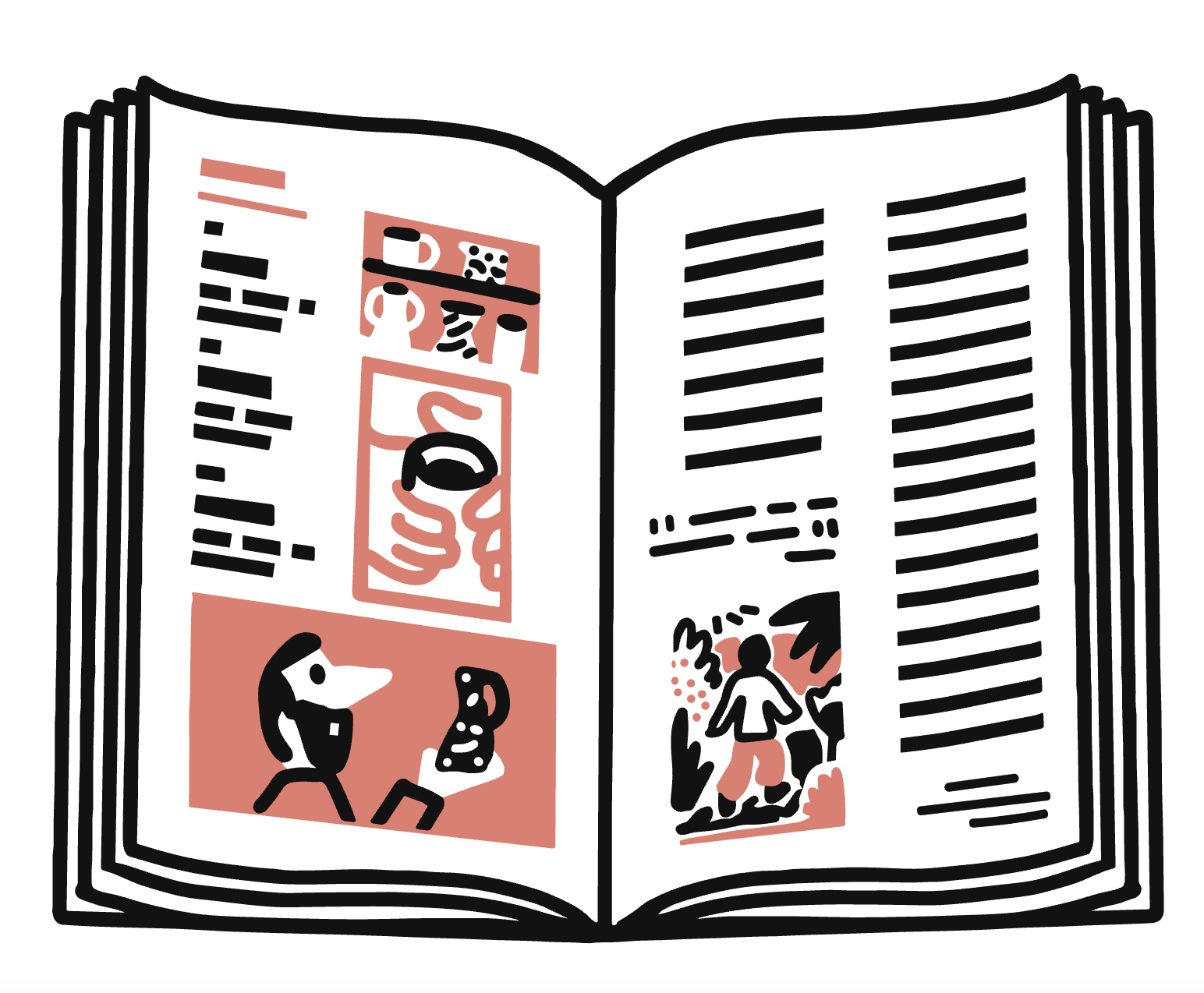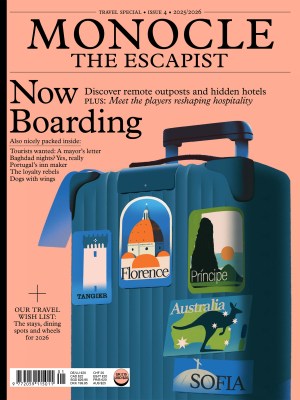If public art is meant to inspire communities, why do cities often get it so wrong?
Sculptures in urban spaces rarely speak to the people and places in which they’re plonked. Is there ever a time they can actually improve our quality of life?
You can’t deny it – 95 per cent of public art is bad. It’s a shame because it can spark conversation, connect communities and provide inspiration in ways, and on a scale, that a museum or gallery could only dream of. Civic sculpture has always been intertwined with the act of solidifying political, religious and social power. Today, however, it’s mostly a way for local governments and property developers to feign interest in the community in an attempt to spruce up a new development or motorway intersection.
The worst example of municipal art must be the CowParade and its many copycat projects. And you can blame the Swiss for that. In 1998, Zürich-based artistic director Walter Knapp invented the original concept of the cow parade in an exhibition called Land in Sicht (roughly Countryside in View). Since then, similar kinds of fibreglass sculptures have been commissioned to artists to decorate and to deposit in cities around the globe. There are dolphins in Atlanta, owls in Birmingham, dragons in Norwich, cats in the Catskills and lobsters in Nova Scotia. Painted animal statues now populate far too many cities. Some people seem to think that these figures encourage tourism and civic pride. “Buddy Bears”, for example, were created by Austrian sculptor Roman Strobl at the behest of German business couple Klaus and Eva Herlitz. The aim of these animals was to provide “an international symbol of collaboration between nations of what can be achieved when we work together toward a better tomorrow.” They stand across Berlin with their arms outstretched, friendly, optimistic – and truly bad.

But there are plenty of wonderful, thought-provoking exceptions. Jean Tinguely’s whirling fountain near the Centre Pompidou in Paris; the Barbara Hepworth relief on John Lewis on London’s Oxford Street; David Hammons’ haunting pier-structure “Day’s End” in New York; Paul McCarthy’s delightful Santa with butt plug in Rotterdam and Oslo. Richard Serra, Gelitin, Isamu Noguchi, Ruth Asawa and Daniel Buren have all also created great public artworks. These are works that help a city to define itself. They bring humour, intelligence and beauty to their locations and have the power to lionise communities and transform urban space into a canvas. They make us experience our surroundings in a different way.
Anish Kapoor’s 2006 “Cloud Gate” at Chicago’s Millennium Park was the pinnacle of the big tourist-destination sculptures. A highly polished, 110 tonne curvaceous blob, measuring 20 metres long and 13 metres wide. The zen-like mercurial work is surprisingly joyous to look at in person, the sky reflecting in its ultra-shiny exterior. Even CowParade had a redeeming moment when David Lynch created a headless cow with entrails pouring out of its fibreglass body, etched with the words “EAT MY FEAR” in 2000. It was rejected from the official CowParade by the city of New York but was given a temporary home in Stockholm in 2004.

The problem with municipal art often lies in the way that it is commissioned – blandified by committees so it appeals to all. Artwork often reflects the motivation behind its existence and those in charge can be more concerned with their own legacy than commissioning work that resonates with its audience.
Public art can transform a city. But it can only exist when the artist resists power plays and does not seek universal approval. We need pieces that take risks; that work with their environment; and that play with scale, time and material. And, most of all, we need work that celebrates joy.


